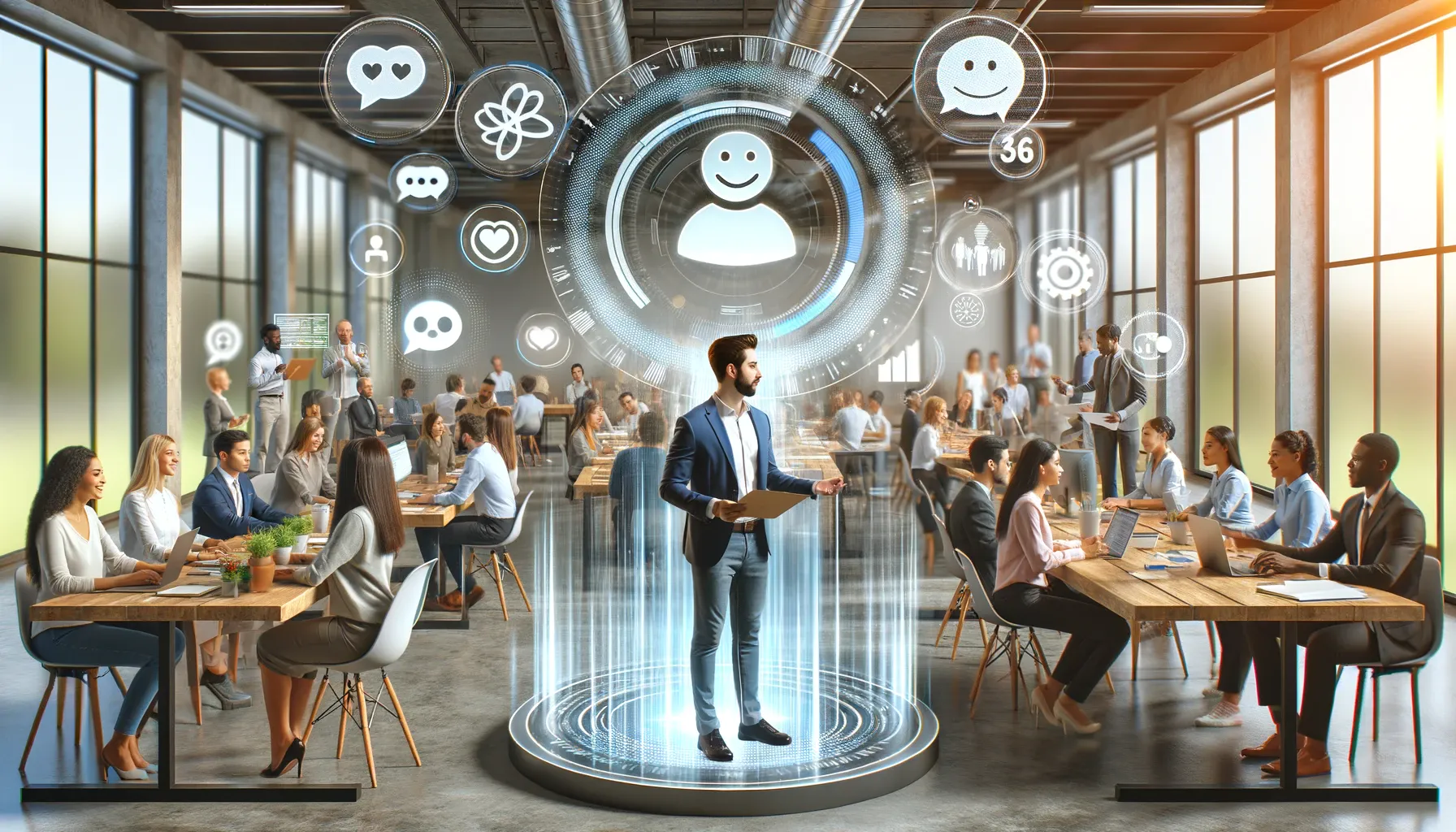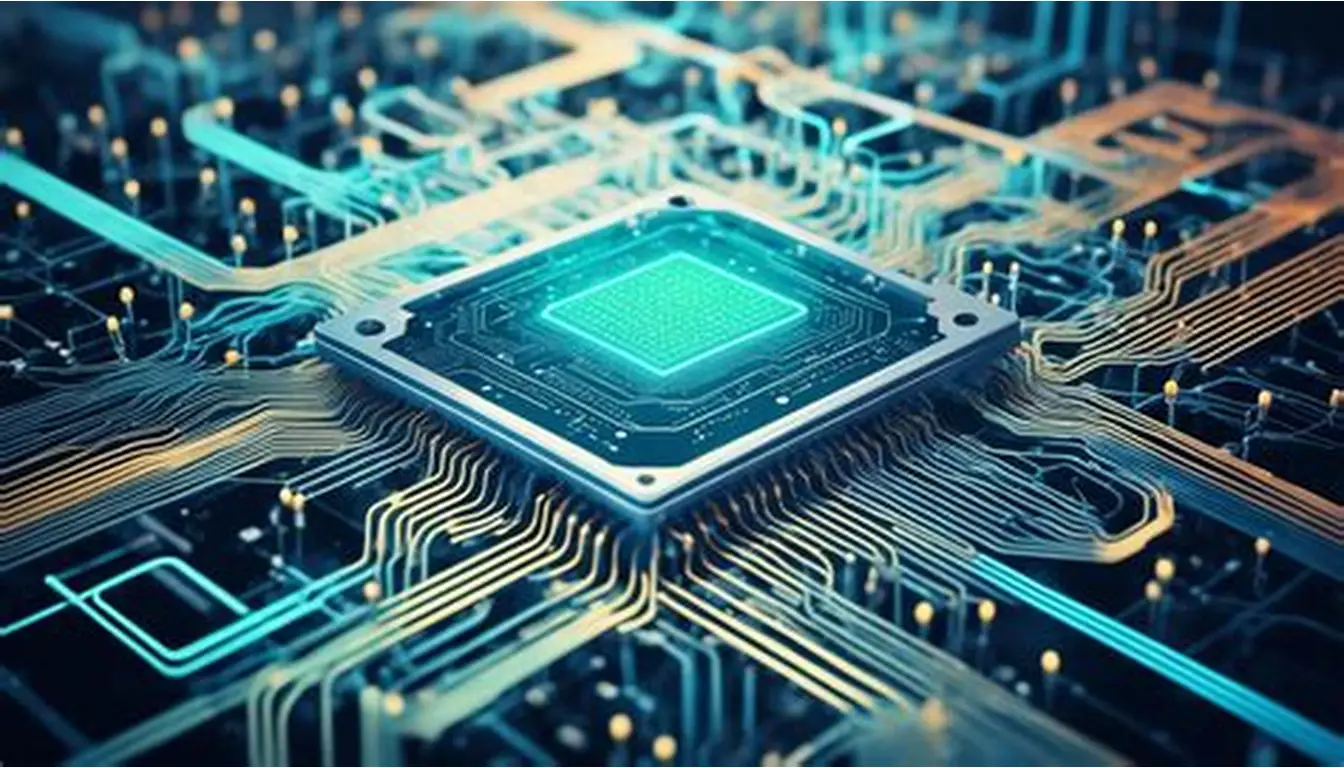
Employee recognition has evolved from an occasional pat on the back to a strategic imperative driving organizational success. As companies search for more effective ways to engage their workforce, artificial intelligence is revolutionizing how we acknowledge employee contributions.
This striking statistic highlights why forward-thinking organizations are increasingly turning to technology-driven solutions that can transform appreciation from a manual, sporadic effort into a consistent, data-driven practice that delivers measurable business results.
Transforming Workplace Culture Through AI-Powered Recognition

Breaking the Limitations of Traditional Recognition
Traditional recognition programs often rely heavily on manager discretion, creating inconsistency and bias. Achievements frequently go unnoticed due to busy schedules or visibility issues. The employee rewards software powered by AI changes this dynamic entirely by systematically identifying accomplishments across the organization regardless of department or location.
Creating Data-Driven Appreciation Experiences
AI doesn’t just automate recognition—it makes it smarter. These systems analyze patterns in employee performance, communication, and collaboration to identify meaningful contributions that might otherwise slip through the cracks. The technology continuously learns which forms of recognition resonate most with different individuals, creating truly personalized appreciation experiences.
Measuring Recognition’s Business Impact
Perhaps most revolutionary is how AI transforms recognition from a “feel-good” initiative into a measurable business driver. Advanced AI for business growth platforms provide real-time analytics that connect recognition activities to key performance indicators like productivity, quality metrics, and customer satisfaction scores.
With these powerful capabilities transforming workplace appreciation, let’s explore how specific AI technologies are reshaping recognition programs for maximum impact.
Core AI Technologies Powering Modern Recognition Systems

Predictive Analytics for Proactive Recognition
AI’s predictive capabilities stand at the forefront of modern recognition innovation, fundamentally changing the timing and relevance of employee appreciation.
Machine learning algorithms analyze historical performance data, communication patterns, and project milestones to identify recognition opportunities before they’re missed. This proactive approach ensures achievements don’t go unnoticed simply because they weren’t visible to the right people.
Companies implementing predictive recognition report significant engagement improvements. For instance, a Fortune 500 retailer experienced a 34% increase in employee satisfaction scores after implementing an AI system that prompted managers with timely recognition suggestions based on performance analytics.
Natural Language Processing for Authentic Appreciation
The words used in recognition messages significantly impact their effectiveness. Natural language processing (NLP) ensures that appreciation feels authentic and meaningful.
AI-powered systems can analyze the sentiment and specificity of recognition messages, suggesting improvements that make appreciation more meaningful. These systems also help eliminate unconscious bias in recognition language, ensuring inclusive practices across the organization.
Some platforms now offer real-time coaching to help managers craft messages that highlight specific behaviors and their impact, moving beyond generic “good job” statements to meaningful, behavior-reinforcing feedback.
Computer Vision and Voice Recognition Applications
The latest enhance employee engagement tools are extending recognition beyond text-based formats into rich multimedia experiences that capture achievements in real-time.
Computer vision technology can identify collaborative moments during video meetings, automatically capturing screenshots of team achievements for later recognition. Voice recognition tools can analyze meeting participation patterns and identify valuable contributions that might otherwise be overlooked.
These technologies are particularly valuable for remote and hybrid workforces, creating new ways to make distributed teams feel seen and appreciated regardless of location.
As these technologies mature, they’re delivering measurable business outcomes that transform recognition from a nice-to-have program into a strategic business driver.
Measurable Business Outcomes from AI-Enhanced Recognition

Enhanced Productivity and Performance Metrics
When recognition is consistently delivered at the right moments, it creates a powerful reinforcement cycle that drives measurable performance improvements.
Companies implementing AI-driven recognition report productivity gains between 14-23% in the first year, with particularly strong results in sales, customer service, and project management teams. The technology’s ability to identify and reinforce high-value behaviors creates a natural multiplication effect as best practices spread.
The connection between recognition frequency and performance becomes even more pronounced with AI personalization. Employees receiving AI-optimized recognition show 18% higher goal achievement rates compared to those receiving generic appreciation.
Talent Retention and Attraction Advantages
In today’s competitive talent market, AI employee recognition creates a significant competitive advantage in both keeping and attracting top performers.
Organizations using AI recognition platforms report an average 31% reduction in voluntary turnover, with the most significant improvements among high-potential employees and those with specialized skills. The technology’s ability to ensure consistent appreciation regardless of manager style or location proves particularly important for remote workers, who show 27% higher retention when included in AI-driven recognition programs.
These retention benefits directly translate to reduced hiring costs, with organizations saving an average of $1.2 million annually for every 100 positions they don’t need to refill due to improved retention.
Cultural Transformation and Team Cohesion
Beyond individual performance metrics, AI recognition transforms organizational culture by strengthening connections between team members and across departments.
Advanced recognition platforms use network analysis to identify collaboration patterns and recognize cross-functional achievements that traditional siloed approaches might miss. This visibility creates natural incentives for teamwork and knowledge sharing.
AI can also identify “recognition deserts” where appreciation is lacking, prompting interventions before engagement issues develop into serious productivity or retention problems.
With these compelling business outcomes established, let’s explore how organizations can successfully implement AI-powered recognition programs.
Implementation Framework for AI-Powered Recognition
Successfully implementing AI recognition requires thoughtful planning across technology, people, and processes. This framework provides a roadmap for organizations at any stage of their recognition journey.
Assessment and Strategic Planning
Before selecting technology, organizations must clarify their recognition objectives and current state.
Begin by evaluating your existing recognition practices, identifying strengths to preserve and gaps to address. Document key recognition priorities aligned with business objectives—whether improving retention, boosting productivity, or strengthening culture.
Build a compelling business case for investment by calculating potential ROI from improved engagement, reduced turnover, and productivity gains. The most successful implementations tie recognition directly to strategic business priorities.
Technology Selection and Integration
With objectives defined, selecting the right technology becomes a critical decision point in your recognition journey.
Look for employee rewards software that offers robust AI capabilities including predictive analytics, natural language processing, and integration with your existing workforce systems. Prioritize solutions that balance automation with human oversight to ensure recognition remains authentic.
Consider integration requirements carefully, particularly connections to performance management, communication tools, and HRIS systems. The most effective programs create a seamless recognition experience within employees’ existing workflows.
Change Management and Adoption Strategies
Even the best technology fails without effective adoption—thoughtful change management makes the difference.
Develop targeted training for managers that builds both technical proficiency with the platform and coaching on effective recognition practices. Create clear communication plans explaining how AI enhances rather than replaces human appreciation.
Measure and celebrate early wins, highlighting specific business improvements and recognition success stories. Organizations that track and publicize these victories see adoption rates 40% higher than those that simply deploy the technology.
With implementation complete, forward-thinking organizations should consider emerging capabilities that will shape the future of AI recognition.
Emerging AI Capabilities for Future-Proofing Recognition
The field of AI recognition continues evolving rapidly, with several emerging capabilities promising to further transform workplace appreciation.
Hyper-Personalization and Recognition Effectiveness
AI is moving beyond basic personalization toward truly individualized recognition experiences tailored to each employee’s unique preferences, communication style, and career stage.
Advanced systems now analyze not just what recognition to provide but optimal timing, delivery method, and follow-up actions based on individual employee profiles. Some platforms even factor in cultural backgrounds and generational preferences to maximize recognition impact.
Organizations implementing these hyper-personalized approaches report 24% higher engagement scores compared to standard recognition programs, with particular effectiveness among diverse, multi-generational workforces.
FAQs
How does AI determine who deserves recognition compared to traditional approaches?
AI recognition systems analyze multiple data sources including performance metrics, collaboration patterns, and communication data to identify contributions. Rather than replacing human judgment, AI augments it by surfacing achievements that might be missed, while managers retain final decision authority on recognition distribution.
What privacy considerations should companies address with AI recognition?
Organizations must implement strong data governance policies, clearly communicating what information is collected and how it’s used. Successful implementations balance analytical power with appropriate privacy boundaries, giving employees transparency and control over their recognition data.
How can small businesses benefit from AI recognition without enterprise budgets?
Many providers now offer scalable solutions with tiered pricing models accessible to small and mid-sized organizations. The ROI advantages often make these systems cost-effective even for smaller teams, with productivity and retention benefits quickly offsetting the investment.
Building Your Future-Ready Recognition Culture
The integration of AI for business growth with employee recognition represents more than just a technological advancement it’s a fundamental reimagining of how organizations value their people.
Today’s most successful companies recognize that appreciation isn’t just about acknowledging past contributions; it’s about creating the conditions where people feel seen, valued, and motivated to do their best work.





